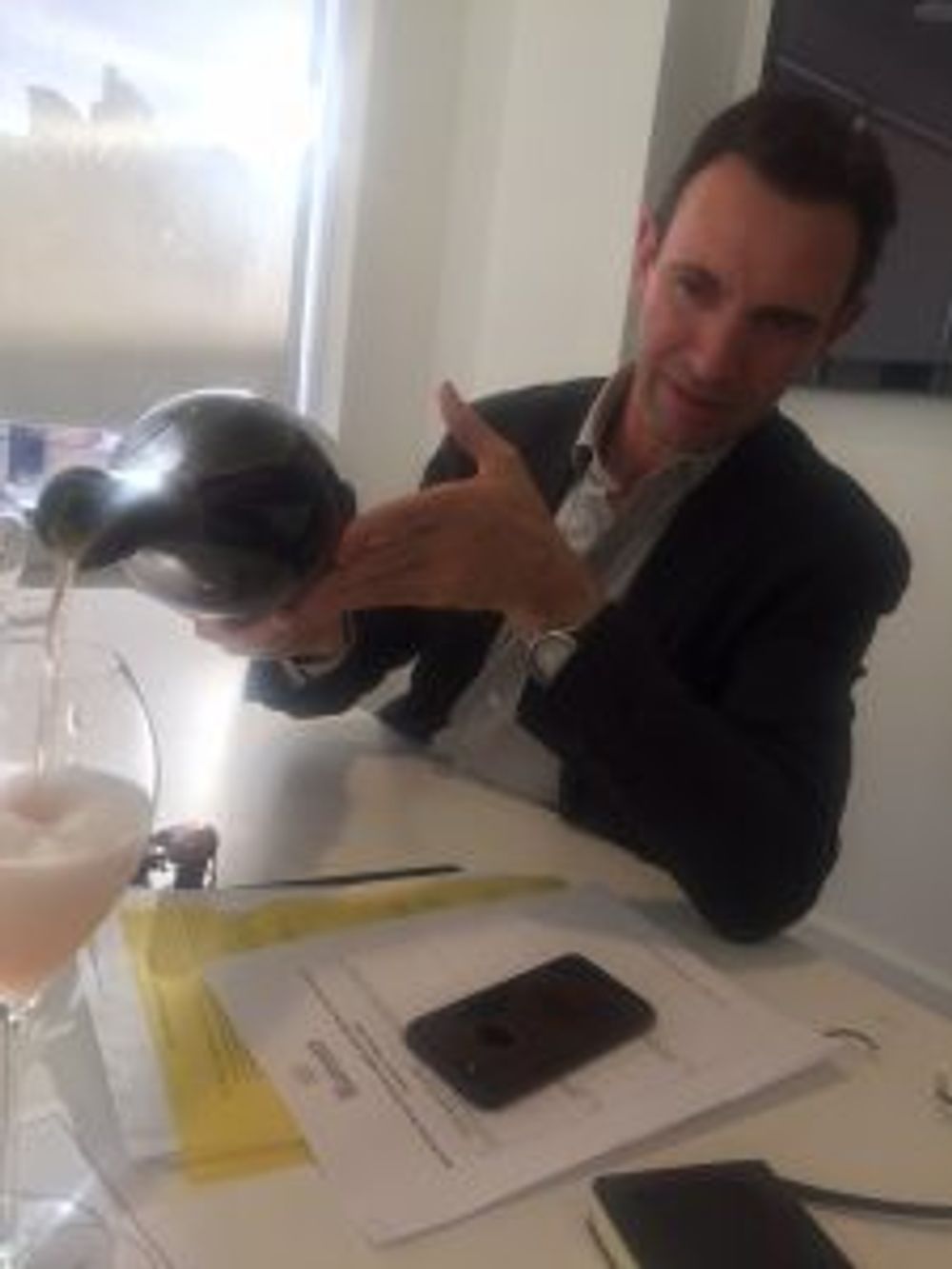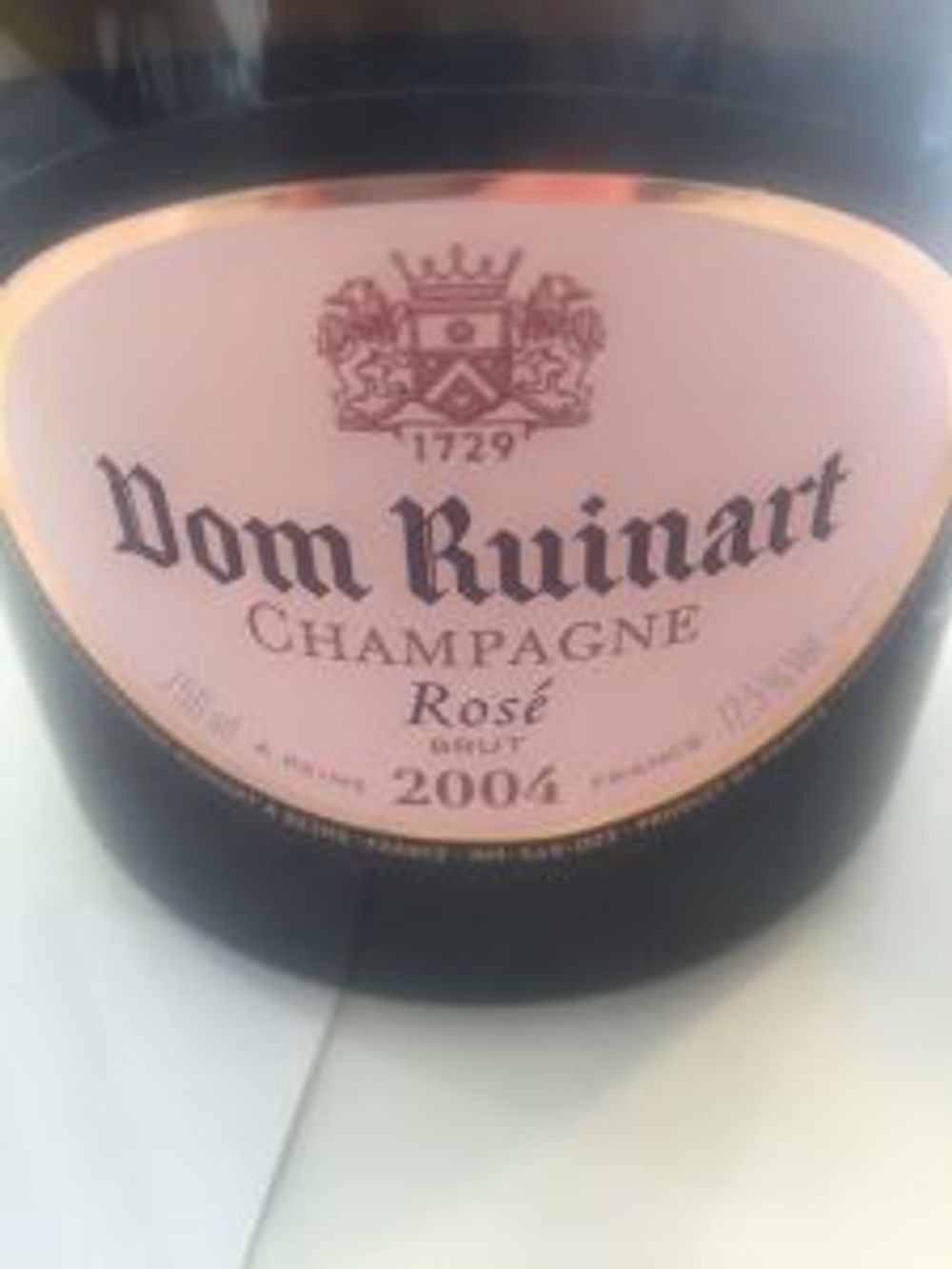Memories from a music industry past come flooding back as our man in the field gamely starts tasting the new Dom. Ruinart fizz.
Working as a music journalist in the early-mid 00s, a week didn’t go by without an album or single launch party involving a free piss-up in an ‘edgy’ central London venue.
All the events were pretty much the same; the new record was played (but everyone had already heard it and most likely reviewed it) and all anyone was actually interested in was the free bar, the chance to rub shoulders (and more) with members of the opposite (or same) sex, and an excuse to hit the town on a ‘work’ event midweek, and thus slope in late the next day. Happy days indeed.
When I started writing about wine I wasn’t aware of the concept of the wine launch, but having attended a handful now I can confirm that they are nothing like, say, the launch of Daft Punk’s 2001 album Discovery (Fabric nightclub, volume turned up loud, Tuesday night, Corona and canapes).
A wine launch is exactly that – the launch of a wine that no-one has tasted before. But the occasion is about more than tasting the wine and making notes, these events are as much storytelling and educational masterclasses as they are tasting sessions, especially if the wine in question was made many moons ago.

Chef de Caves Frédéric Panaiotis at the controls
Last week I attended the launch of two ‘new’ Champagnes from the celebrated and chic Ruinart house. The Dom. Ruinart Blanc de Blancs 2006 and Dom. Ruinart Rosé 2004 were presented by Chef de Caves Frédéric Panaiotis, a man with passion and a twinkle in his eye.
His message was simple, making vintage Champagnes is easy. There were a couple of huge caveats of course:
Making vintage Champagne is easy when:
1. You are using exclusively Grand Cru grapes
2. You are making relatively small quantities; Ruinart’s vintage Champagnes use only 2% of the house’s wine
3. You have plenty of time
Panaiotis’ argument is that when your house is producing excellent non-vintage Champagne (a far harder wine to make, given the need to overcome vintage variation to make a product in a homogenous ‘house style’ regardless of fruit provenance, ripeness and character) you have wonderful base wines to play with made from the finest, hand-picked, hand-sorted fruit.
“You’ve got to do something really wrong to make a bad wine,” he shrugs. “You have the best grapes from the best year; you’d have to be very bad at blending to get it wrong.”
The process, he explains, for vintage Champagnes is the same as making a NV Champagne, the key difference being that when the blending is done and they are bottled he simply forgets about them for a decade and moves on to something else – “Ciao, see you in 12 years!”

There is, of course, periodical tasting and note-making and head-scratching about when to release the wines – the Rosé, for example, is two years older than the Blanc de Blancs when released because the red wine in the mix takes longer to age and develop. But that’s pretty much it.
It was a pleasure to hear the stories of these wines and the simplicity of the process first hand, and to taste these wines alongside Frédéric Panaiotis.
So what do they taste like?
Dom. Ruinart Blanc de Blancs 2006
It’s a supple, textured wine with a lively mousse and a fleshy, rich finish. With a dosage of 4.5 g/l it’s technically an extra brut and this reduced dosage (from the NV, which is 8 g/l) has given the wine a savoury, grippy finish. The bitterness of citrus offsets the toast, honey and fruit salad notes and makes you want to take another sip almost immediately. A beautifully balanced Champagne.
Dom. Ruinart Rosé 2004
A rust-coloured joy – delicate tannins spark off lively clementine and grapefruit characters. There’s a touch of spice too (dried flower, capsicum) and a rounded and seductive finish. The blend is 81% Dom. Ruinart Blanc de Blancs 2004 and 19% red wine, with more extraction than in the NV rosé which gives it power and structure. Should age very well, but delightful today.































